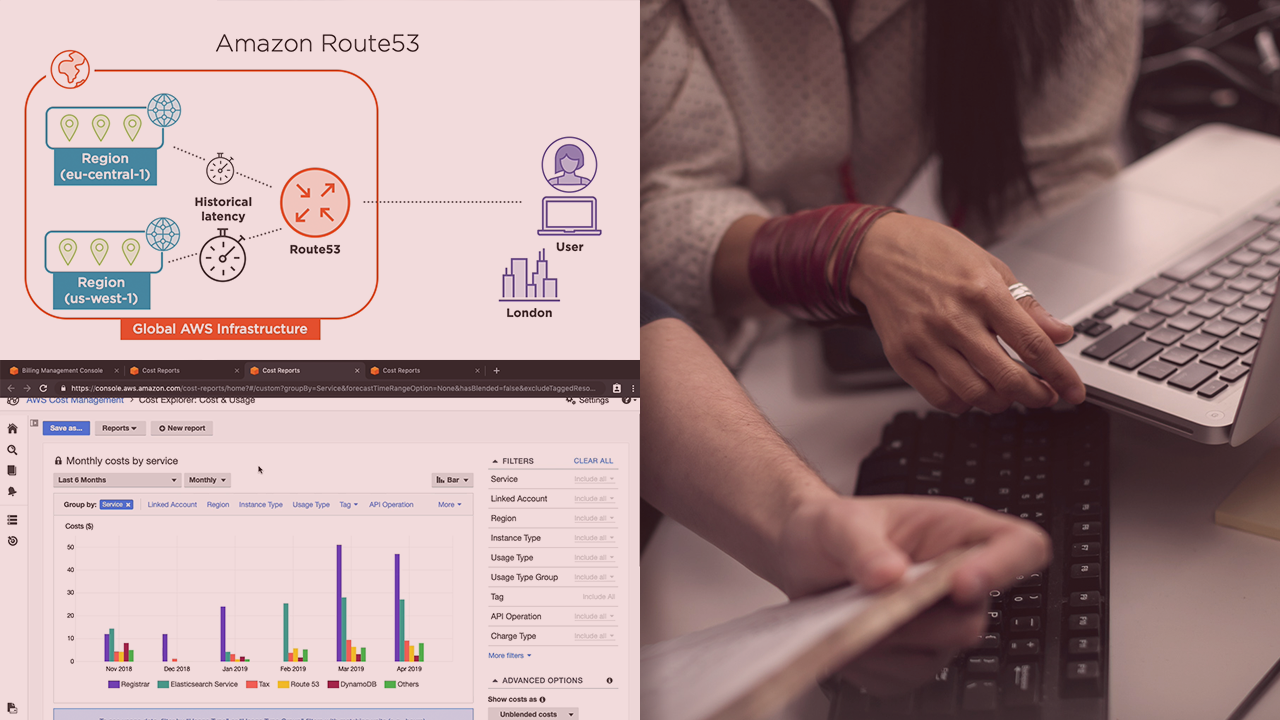- Course
Architecting for Cost on AWS
With hundreds of services and features, developing cost-effective cloud applications is a challenge. This course will teach you the tools, design patterns, and concepts you need to know to optimize the cost of your AWS applications.

- Course
Architecting for Cost on AWS
With hundreds of services and features, developing cost-effective cloud applications is a challenge. This course will teach you the tools, design patterns, and concepts you need to know to optimize the cost of your AWS applications.
Get started today
Access this course and other top-rated tech content with one of our business plans.
Try this course for free
Access this course and other top-rated tech content with one of our individual plans.
This course is included in the libraries shown below:
- Cloud
What you'll learn
Effectively cost-optimizing cloud applications is a challenge for every organization. In this course, Architecting for Cost on AWS, you will gain the knowledge you need to design cost-effective applications. First, you will learn how to avoid common cost-optimization pitfalls with case studies from cloud-adoption failures and success stories. Next, you will discover design patterns to architect applications to match the supply and demand of cloud resources to reduce wasted spending. Finally, you will explore how to develop ongoing cost awareness and optimize your cloud costs over time. When you are finished with this course, you will have the skills and knowledge required to architect cost-optimized applications on AWS and to optimize existing AWS applications.
Architecting for Cost on AWS
-
Overview - AWS Cost Optimization Basics | 3m 49s
-
Organizational Computing Models | 4m 32s
-
Cloud-based Compute Options | 5m 40s
-
Cloud Adoption Case Studies - Dropbox and Netflix | 5m 8s
-
Cloud Adoption Case Studies - Slack and Fokal | 4m 25s
-
Risks and Realities of Cloud Adoption - Exposed AWS Keys | 3m 8s
-
Risks and Realities - Cloud Migration Misconceptions | 4m 20s
-
Risks and Realities - Prototyping Costs and AWS Relationship | 4m 13s
-
Cost-optimization Design Principles | 6m 41s
-
Estimating Total Cost of Ownership with AWS TCO Calculator | 10m 37s
-
Cost Optimization Basics Module Review | 1m 13s

